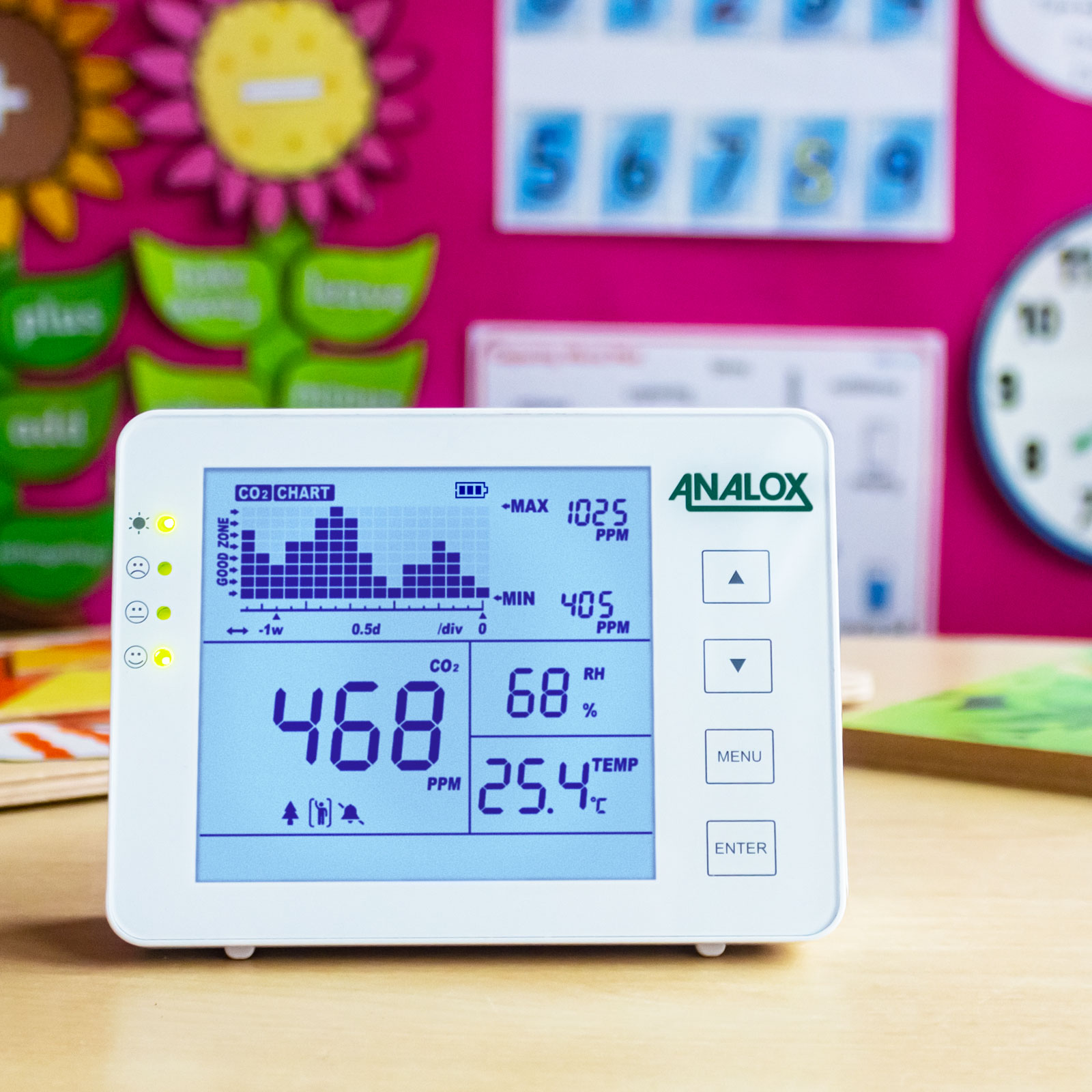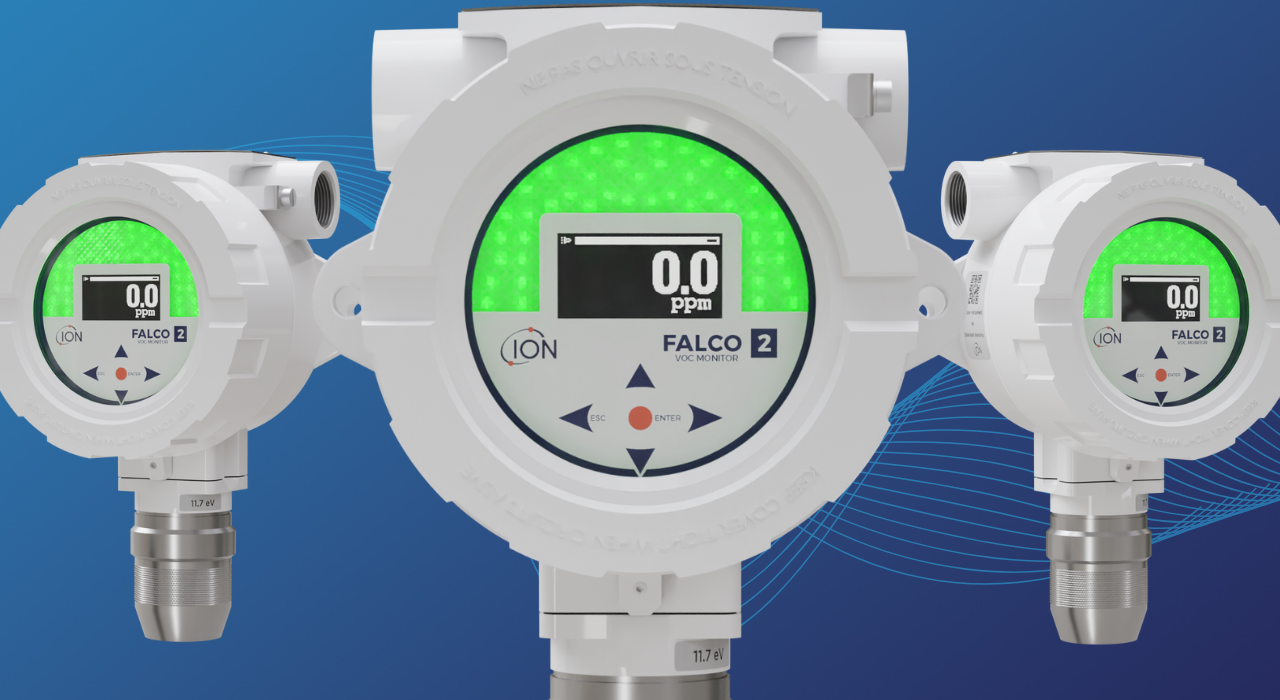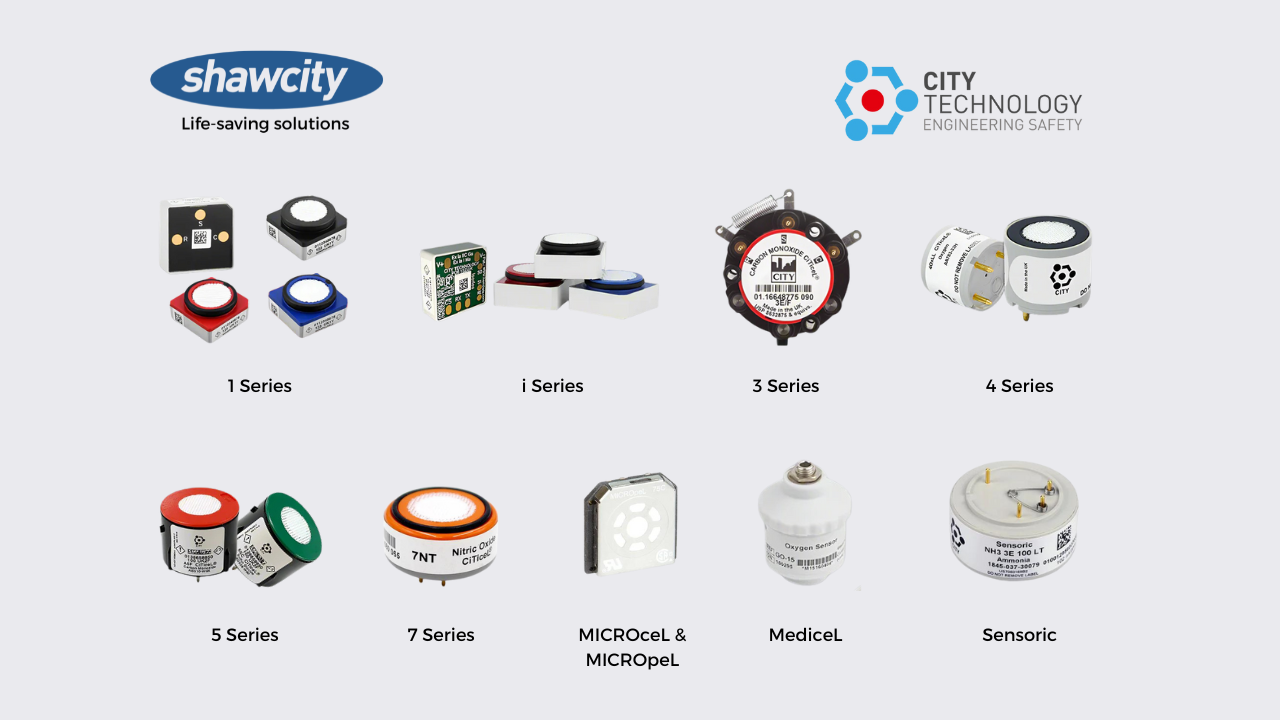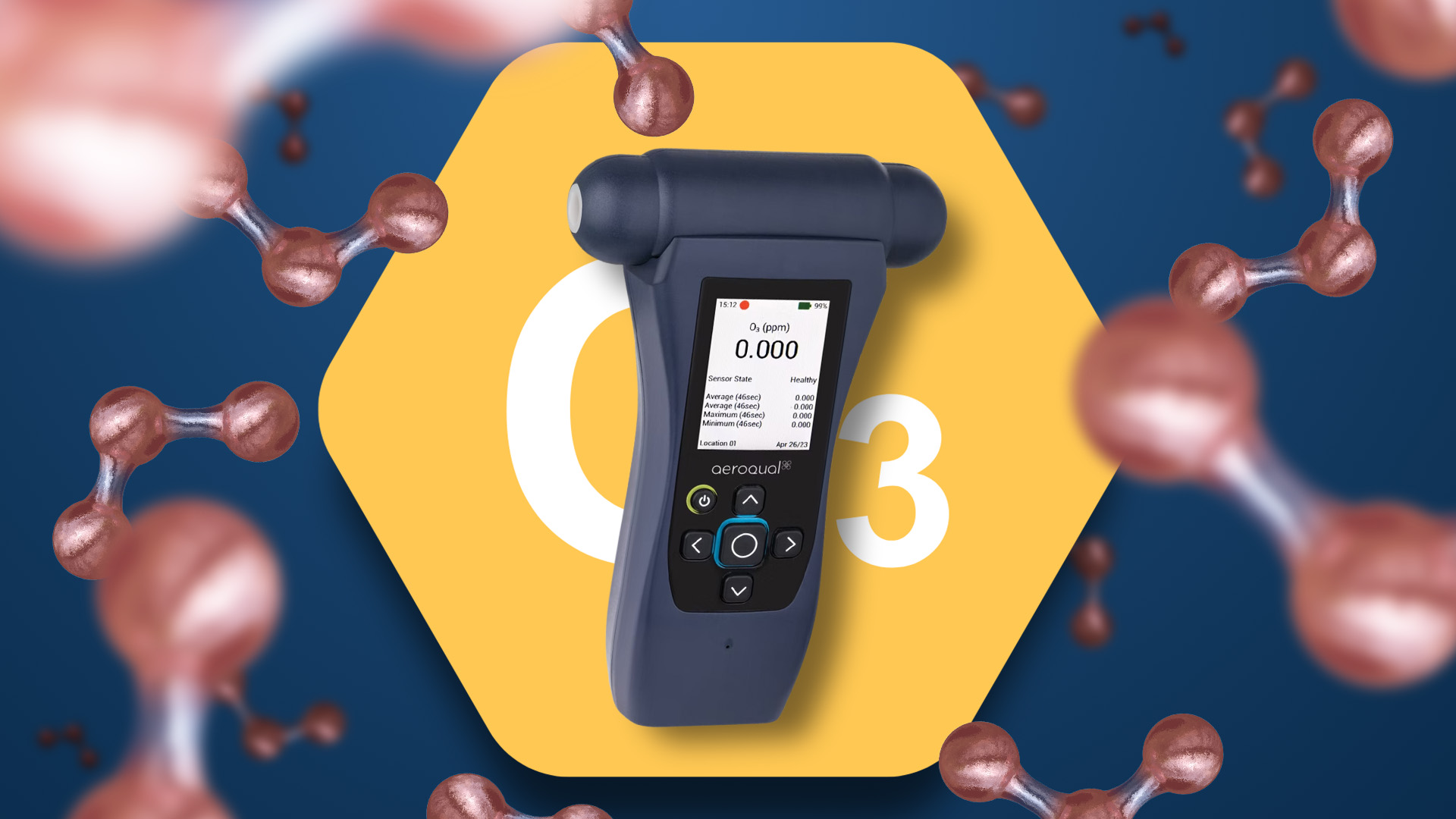A Wiltshire school has recently trialled indoor air quality monitoring within its classrooms and the teaching team has been impressed with the results.
Shawcity, one of the UK’s leading suppliers of workplace health monitoring equipment, was gifted five Air Quality Guardian indoor air quality (IAQ) monitoring units by manufacturer Analox, to be donated to a nearby organisation who could put them to good use in the community. The desktop units are designed to measure carbon dioxide (CO2), relative humidity and temperature in an occupied indoor area such as an office or classroom.
A local primary school situated close to busy roads in Swindon was the ideal recipient for the monitors. Located in the heart of the town centre, the school has three classes in each year with approximately 650 children enrolled in total, as well as an on-site nursery for children aged 2-4. The IAQ monitors were initially trialled across Year 5 and 6 classes.
Anna Vernon, Head of Upper Key Stage 2 and one of the Year 6 teachers, said: “We were very grateful for the donated units. The team are keen to understand more about the air quality within our classrooms and, in particular, the concept of real-time carbon dioxide monitoring. The children also found the technology fascinating, as we discussed it together in class.
“Poor air quality in schools has been a national conversation for some time and obviously any school is keen to provide the best possible conditions for learning, especially in primary schools where pupils are based in the same room for the majority of each day.
“The Air Quality Guardian unit is small and discreet. Because it is ‘plug and play’ technology, it was also very quick and simple to install in the classroom. The data on the screen and the traffic light indicator lights are easy to read and it was immediately evident how frequently the carbon dioxide levels can change from green to amber or even red; more than I would have expected.
“In terms of practical use, the only challenge was the audible alarm on the monitor. Obviously, that noise would create a distraction in the classroom if it sounded.
“However, I was able to easily adjust the standard setting to turn the audible alarm off, so now it works brilliantly. Thanks to the visual traffic light system, I can easily see at a glance when to ventilate the room and I can open windows without interrupting the flow of the lesson.
“It’s reassuring to know that we are definitely improving the indoor air quality by taking these simple steps, even in an older building in a town centre location. It’s also useful to be able to see the temperature and humidity in the
classroom, which is another indicator of comfort. These units would be useful in other parts of the school too, such as the administration offices.”
Neil O’Regan, Managing Director of Shawcity, commented:
“We were delighted to share this technology with a fantastic local school and help them to manage their indoor air environment. IAQ has taken on an increased significance in recent years, especially in the wake of COVID-19. The benefits of installing a simple, cost-effective unit such as this include increased productivity, reduced fatigue and improved health benefits and even a stronger immune system – all due to better ventilation.
“Monitoring CO2 levels can also help with energy-efficiency. An occupied area with good ventilation will have levels of around 400-800ppm (parts per million) CO2. With any readings above this, you know you should ventilate the area. Readings below this indicate you may be over-ventilating and wasting energy. It’s easy to see why all of these benefits would be particularly relevant in an academic environment.”
Health & Safety Executive (HSE) guidance in the UK recommends the use of CO2 monitors to identify areas with poor ventilation and states that the most appropriate to use are non-dispersive infrared (NDIR). As this type of unit is portable, it’s easy to set them up in the correct location for any occupied indoor space.
Monitors should be situated at head height, away from windows doors or any other air supply openings. They should also be positioned at least 50cm away from any individual, as exhaled breath contains CO2 and will give misleadingly high readings.
The Air Quality Guardian is a portable NDIR CO2 monitor, available to buy for under £70 per unit with free shipping from Shawcity. Features include real-time measurements, simple navigation, wall-mountable or desktop, configurable audible and visual alarms, power and charge via USB and 8-hour battery back-up as standard.
Positioned either desktop or wall-mounted, the Air Quality Guardian is suitable for many applications, including:
- Schools, colleges and universities
- HVAC
- Office and meeting rooms
- Conferences and exhibitions
- Hospitals and nursing homes
- Gyms, leisure centres and exercise studios
- Laboratories
- Plant nurseries
- Restaurants, fast food outlets and bars
- Theatres and cinemas
- Places of worship
- Hotels
- Cruise ships and ferries
- Houses and apartments
For more information on all types of indoor and outdoor air quality and dust monitoring - or to arrange a free demonstration or site visit from one of our sales team to discuss your requirements -
contact Shawcity on: 01367 899419 or email: info@shawcity.co.uk.
If you would like to learn more about Shawcity and our full range of instrumentation for measuring and monitoring workplace safety (including gas detection, fit testing, sound, noise, vibration, air quality & dust, asbestos, heat stress) visit www.shawcity.co.uk.











